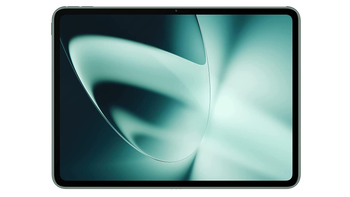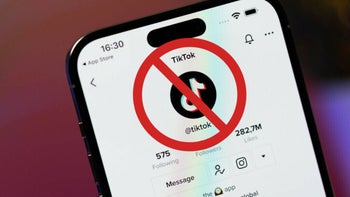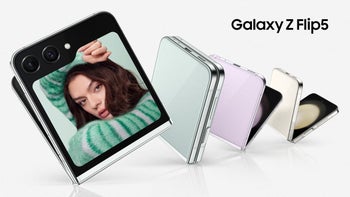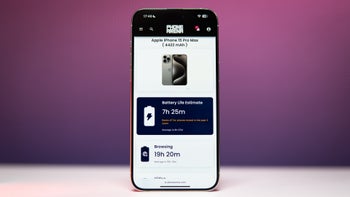All show, little practicality. That’s the foldable Royole FlexPai [hands-on]

CES is a bed of tech innovation, causing us to collectively strive for something great. Unfortunately, the oddly named Royole FlexPai smartphone-tablet hybrid is one of those cool at first gadgets that quickly loses its appeal once you get a hold of it. Foldable displays have been generating quite a buzz of the late, so you’d think that flexing ability of the Royole FlexPai would be intriguing, but it fails to be practical.
Cool bending, but it feels more beta than anything else
Okay, so the neat thing about Royole’s FlexPai is that it features a foldable display – the kind of thing we’re itching to see with the next Samsung Galaxy smartphone. Seeing it bend in action is kind of cool at first, but when you consider its overall design, it hardly seems remotely close to being a final product. There’s still a good way to go before it’s a polished thing, so while it’s useful that the 7.8-inch 1920 x 1440 AMOLED display can flex to transform from a tablet to a smartphone, it doesn’t seem to stay really flat when it’s laid out. And on top of that, the area where it flexes still results in a considerable curve, making it far from being svelte when it’s in its smartphone mode.
Cool software concepts, but it’s glitchy
Due to the flexing of the AMOLED display, the Royole FlexPai combines the smartphone and tablet form-factors into one. Sure, we feel that its implementation is a bit more favorable than say another flexible smartphone, the ZTE Axon M from last year, but the glitchy software shows us that there’s still some considerable work that’s needed before it’s a polished experience. Take for example some of the simple things, like auto-rotating the interface from landscape to portrait, which seems to be unpredictable here with the Royole FlexPai.
Too much screen you think?
What’s interesting is that Royole mentions there are a total of 3 screens with the FlexPai, the front and back when it’s folded, and they classify the hinge where the display folds as being the third display. This area would involve getting notifications of sorts, like an incoming phone, by allowing users to swipe to accept the call. Again, it’s a nice gesture, but we’re more apt to uncovering how it’ll be able to enhance the multi-tasking experience. From what we can gather so far from our quick hands-on look, it’ll deliver the typical smartphone experience through one of its displays when it’s folded in half, which can then fill the entire panel when it’s laid open – so to that degree, it becomes a tablet. Being a tablet, however, it doesn’t seem as though there are any optimizations to the experience or interface that would make it more tablet-friendly. Instead, it seems like it’s simply an over-sized smartphone experience. Hopefully that changes though with the final product!
Interestingly enough, the FlexPai is already out in China for about $1320. That’s not grossly out of proportion given that we’re talking about a flexible phone here, but the investment isn't likely going to provide long-term satisfaction because of its quirkiness. Not only are we talking about the software experience, but also the entire design and construction. You’ll absolutely turn some heads if you’re to whip it out in public, but we’re fairly certain that it’ll be short-lived once you uncover how unpractical it really is to use as a daily driver.












Things that are NOT allowed: